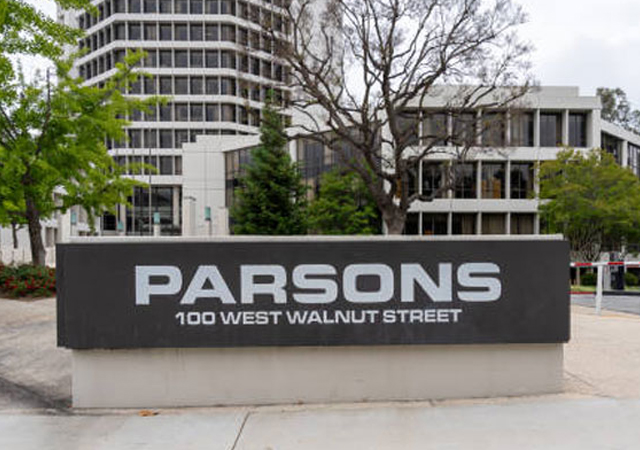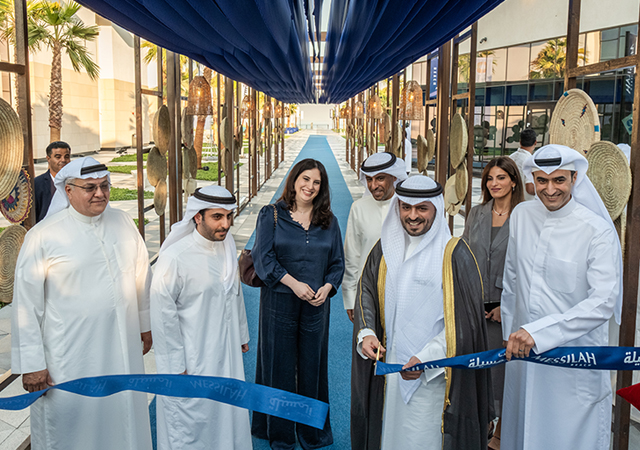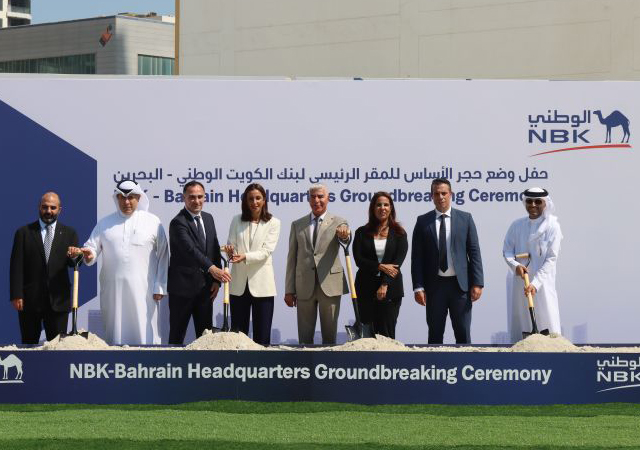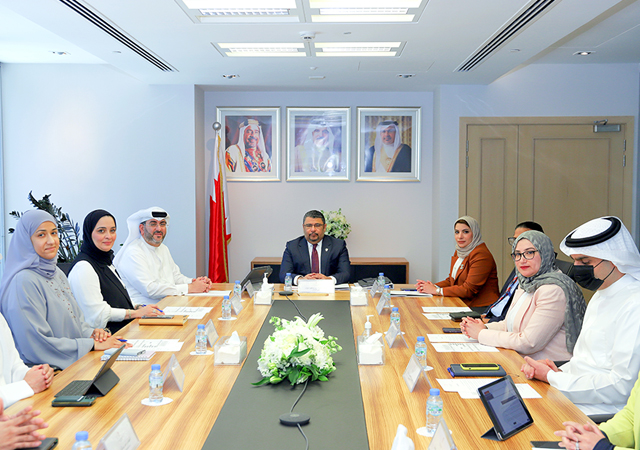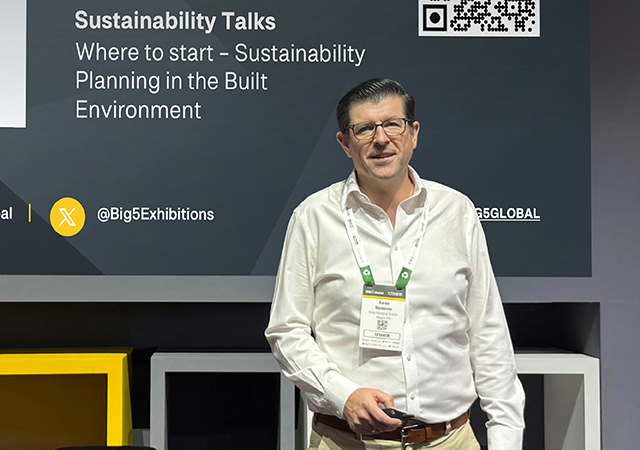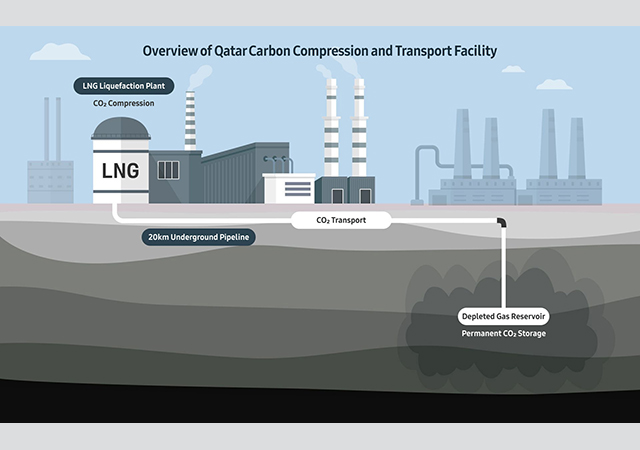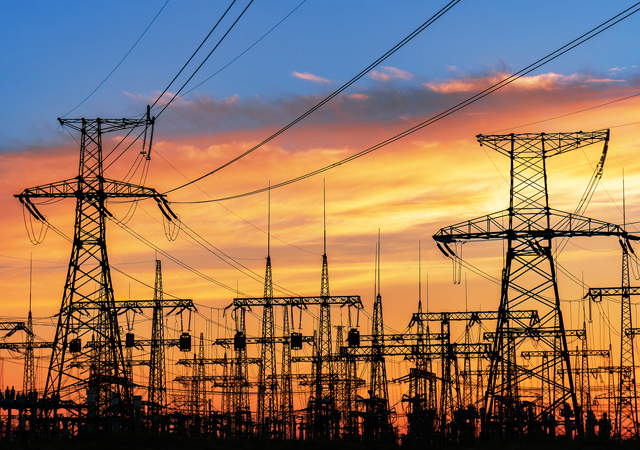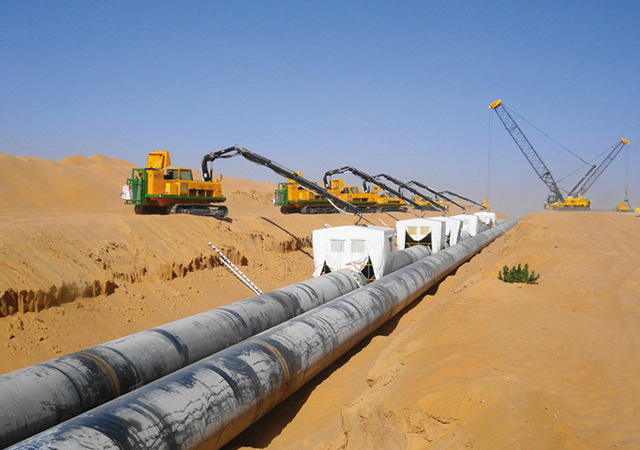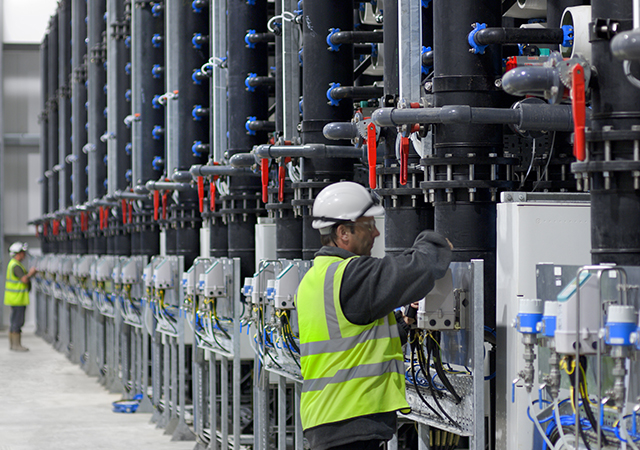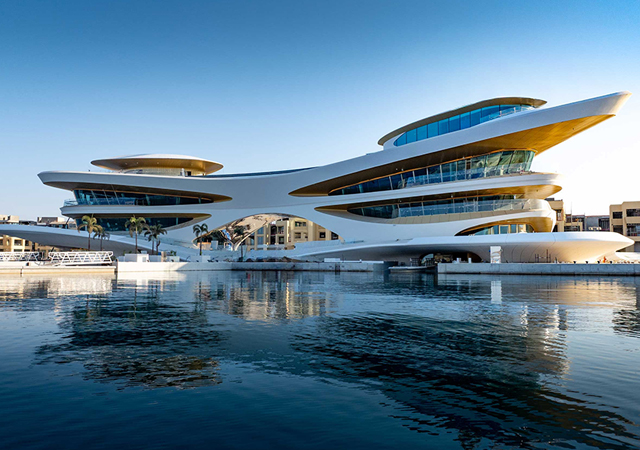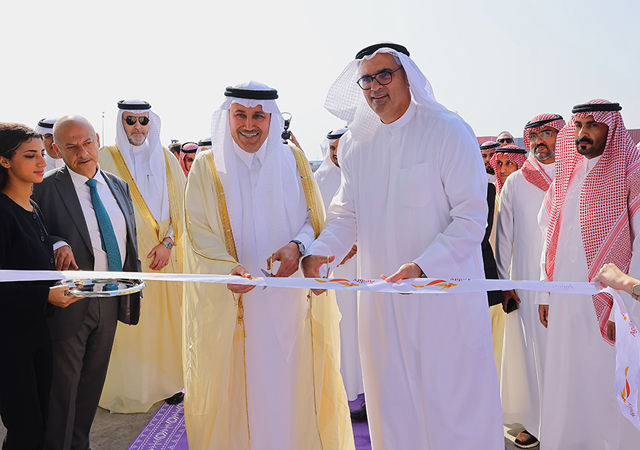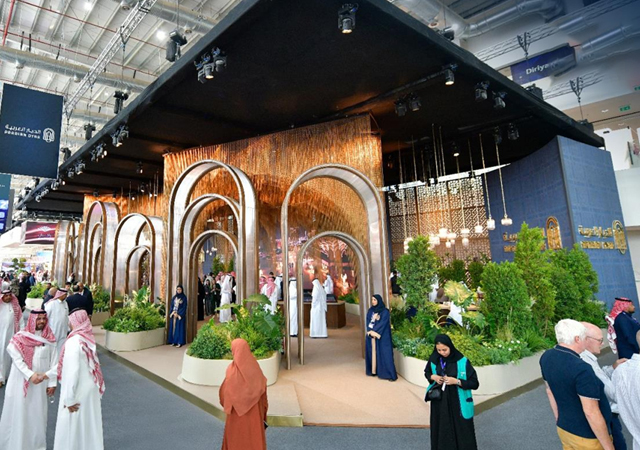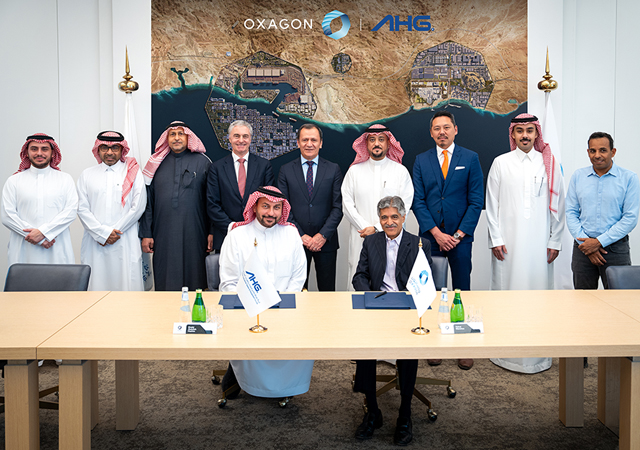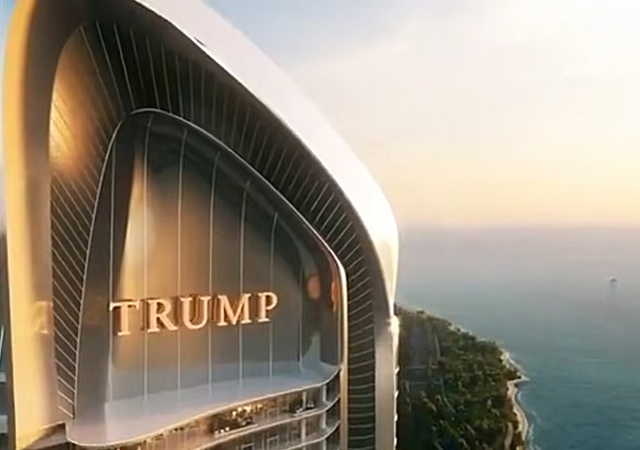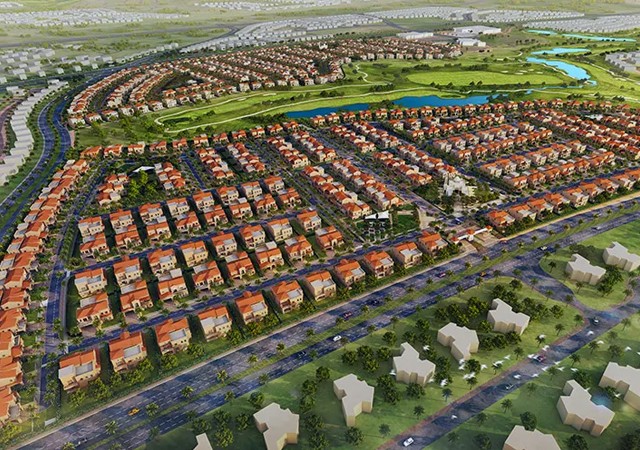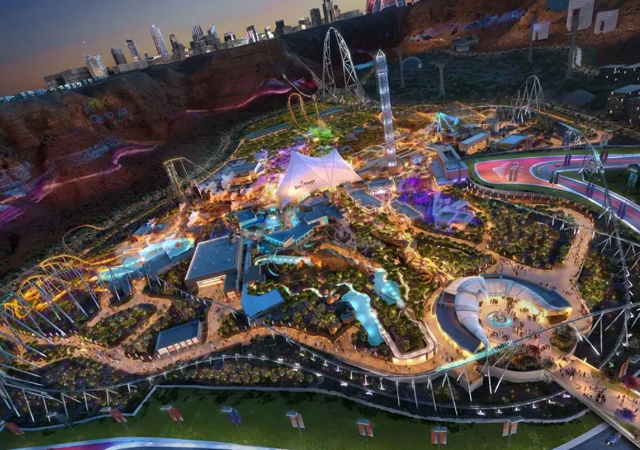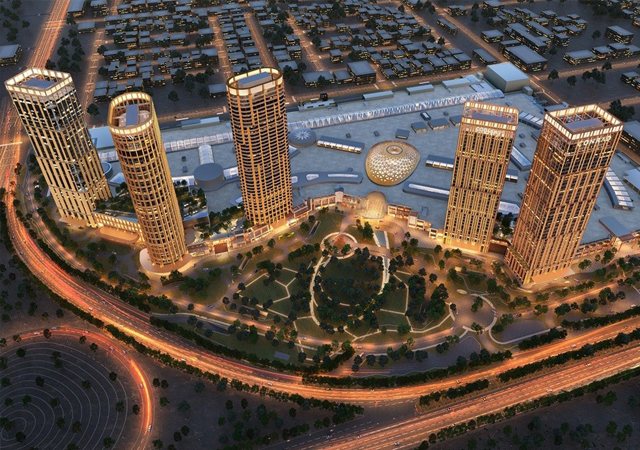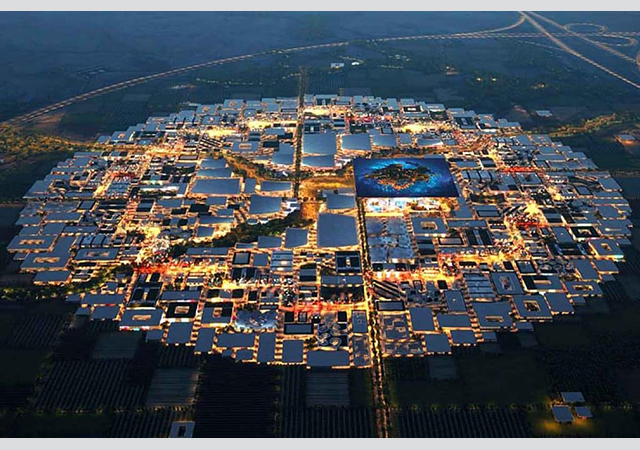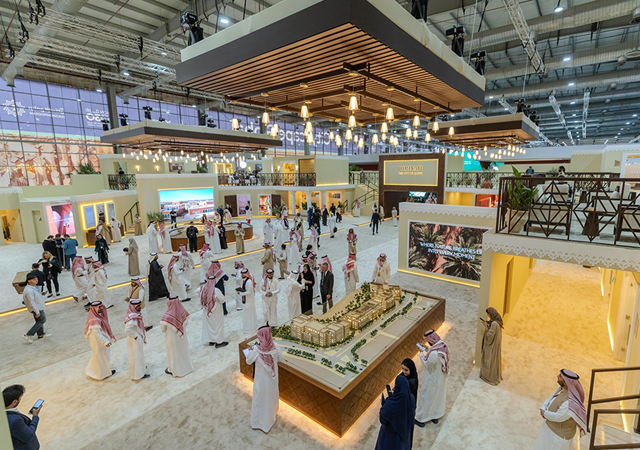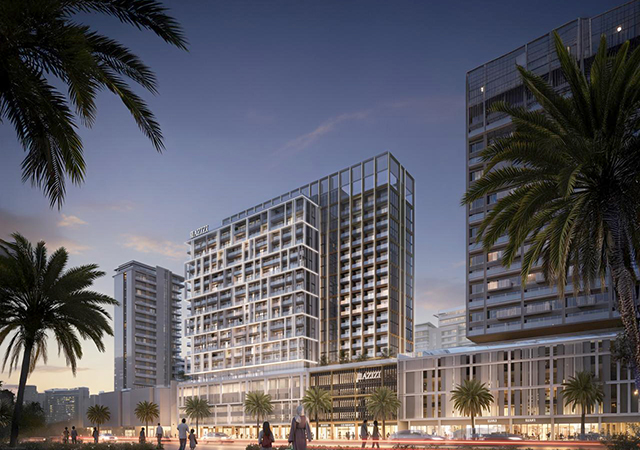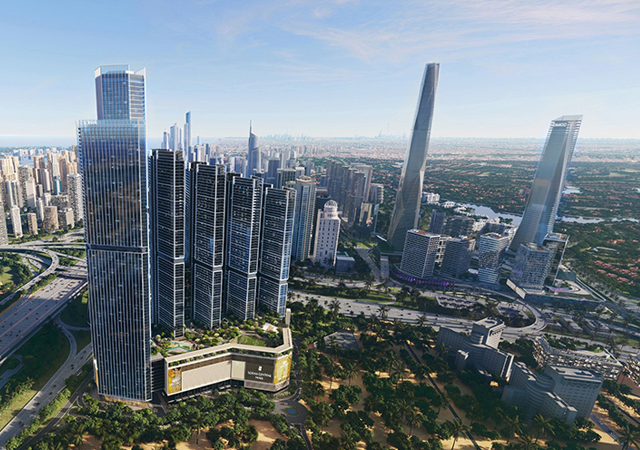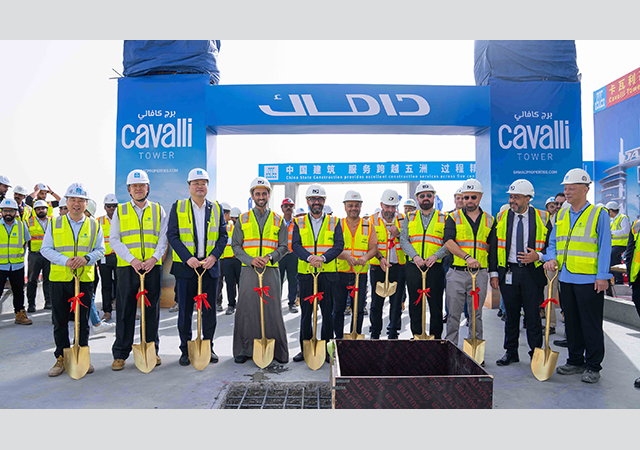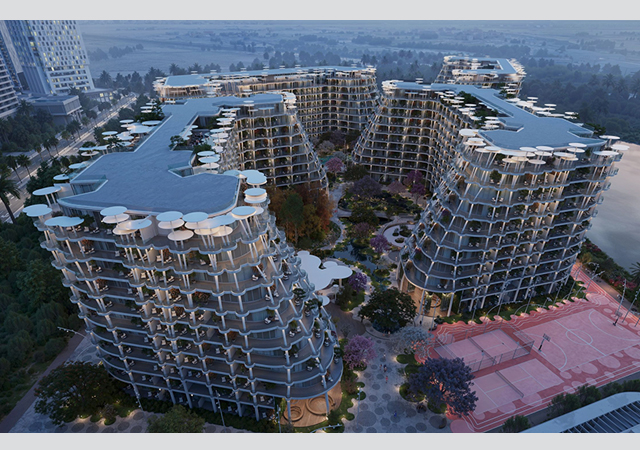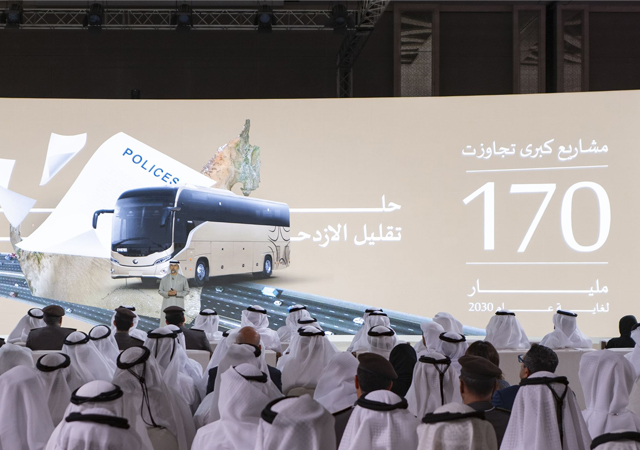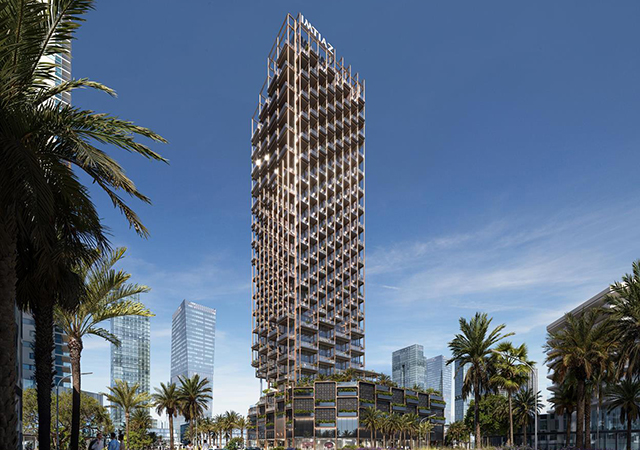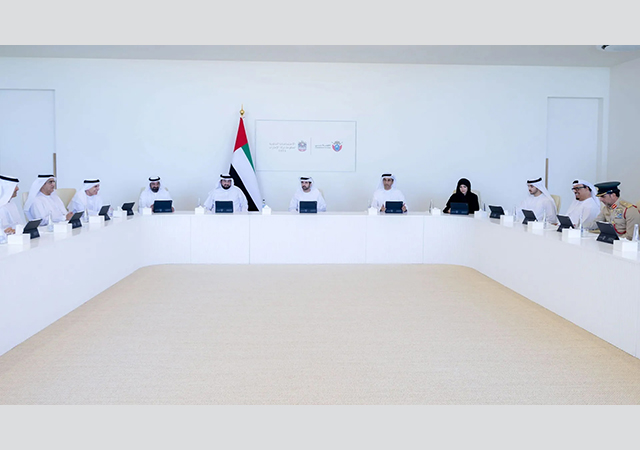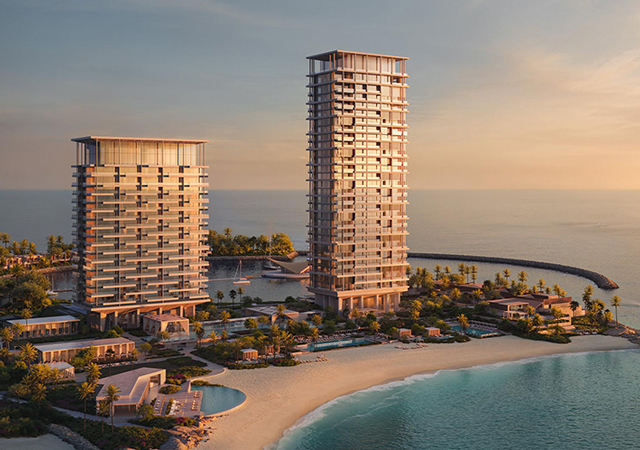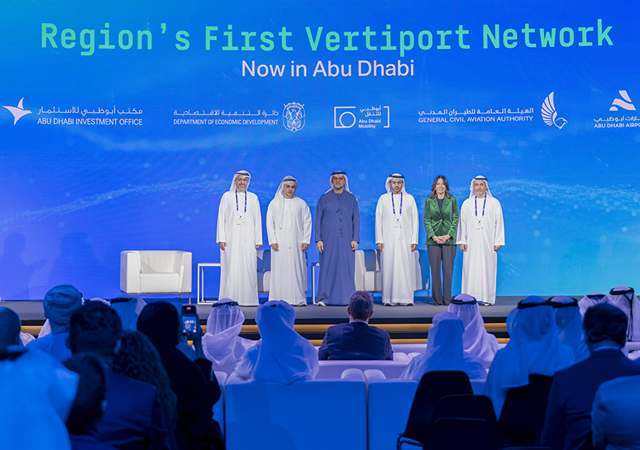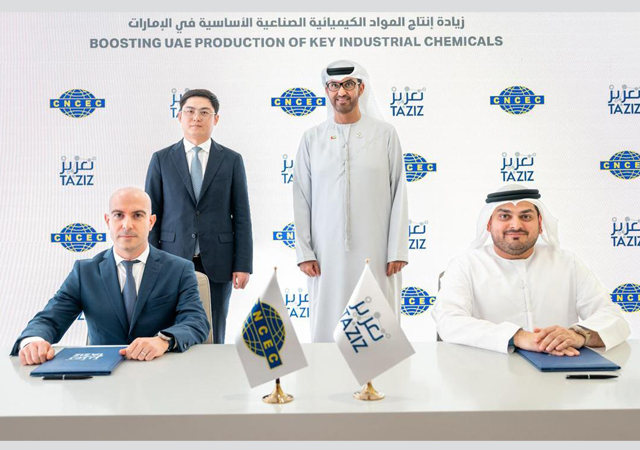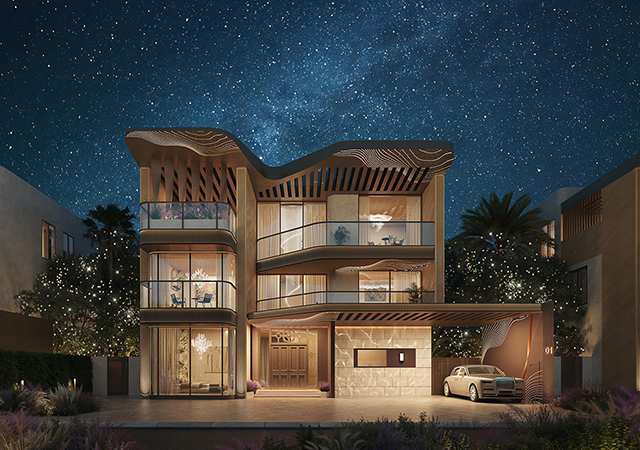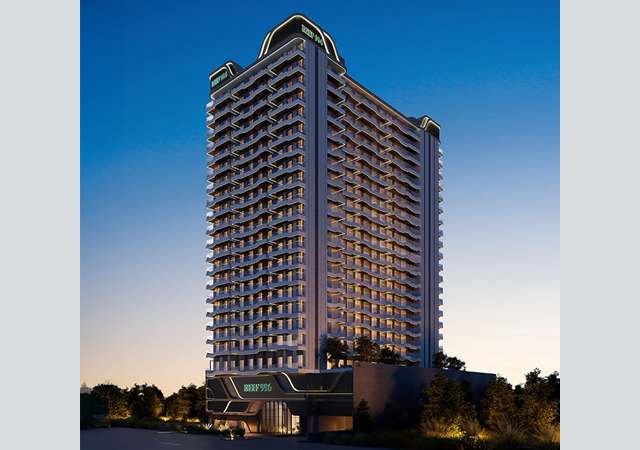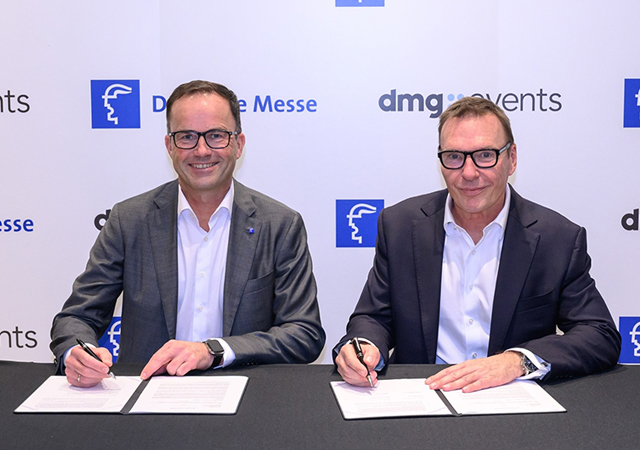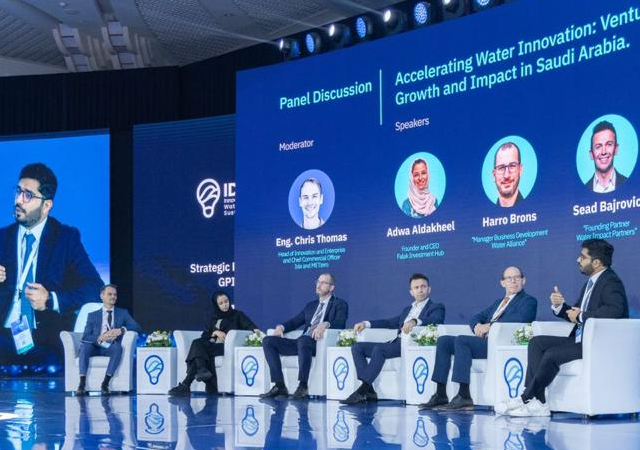
 The Samra facility ... 60 individual structures each requiring high levels of workmanship.
The Samra facility ... 60 individual structures each requiring high levels of workmanship.
Systems from Peri are currently in use to help speed up work and ensure cost-efficiency on some major infrastructural projects in the Middle East, including a mega wastewater treatment facility in Jordan and a dam project in Egypt.
The mega wastewater treatment facility at Samra, Jordan, is approaching completion within three years of launching construction and is expected to commence operations early next year next year. It will treat on average 267,000 cu m of sewage water per day with a maximum daily performance rising to 530,000 cu m, if required.
“Within a period of only one year, 90 per cent of the entire reinforced concrete work – which totalled around 70,000 cu m – was completed. The high quality of workmanship and the Peri tie technology with its reliable sealing characteristics could be confirmed once again during recent leakage tests,” says a spokesperson for Peri.
“The selected Peri formwork and scaffolding systems made it possible for the contractor on this project to fulfil all requirements cost-effectively in spite of the tight construction schedule.
In fact, Ghassan A Kawash, who is Morganti’s project manager was highly pleased with our comprehensive solutions and cooperative spirit towards this project,” he adds.
Peri has provided the most economical wall and slab construction solutions for around 60 individual structures on this fast-track project. Among other things, eight circular aeration tanks as well as eight final settling basins, with diameters of 65 and 54 m respectively, were to be constructed on the premise of maintaining a very tight schedule and as cost-effectively as possible. Four digester tanks, each with 34 m diameters and heights of 24 m, will serve to reduce the accumulation of sewage sludge.
“On the extensive site facilities, close to 5,500 sq m of wall formwork and 1,000 sq m slab formwork was maintained at the same time. For the walls, Peri Vario GT 24 girder wall formwork was used. This meant that all construction units and applications could be cost-effectively produced using only one flexible system. For forming the circular-shaped walls, GKZ articulated couplings ensured that there was always a tight (tension and compression) connection between the steel walers. The six and nine-metre-high walls were divided into two, and sometimes, three vertical casting segments. The higher levels were formed by placing the Vario formwork on type-tested CB climbing brackets. For the Multiflex girder slab formwork in the digester dome, the Peri engineers selected an economical solution consisting of load-bearing GT 24 and inexpensive VT 20 girders. With type-tested Peri Up Rosett shoring with heights of 20 m, up to 40 kN per leg could be safely transferred,” adds the spokesperson.
As is the case for all hydro-engineering installations, increased demands were also made on the structure’s impermeability with this project. The Peri DK tie system used here meant that the high degree of water-tightness required throughout could be achieved without any difficulty, he says.
He elaborates: “The DK tie set consists of reusable sealing cones that are fitted to the spacer on both sides and enclose the tie rod. After striking has taken place and the required concrete strength has been reached, the cone can be removed by means of a screwdriver or special cone spanner. Effective sealing of the tie points is carried out with special Peri concrete cones that are tightly bonded in place with a suitable sealing compound. This Peri technology prevents common installation errors using conventional methods and allows the use of continuous tie rods. The Peri tie system is certified by the Bavarian LGA’s materials testing laboratory and proven on countless construction sites around the world.”
Half of the population of Jordan is connected to the sewage system through an almost 30 km long wastewater disposal line. The purification plant has been built and is operated as a BOT project (build-operate-transfer) by the Morganti Group. After a 25-year operating period, the plant becomes the property of the Jordanian government in 2028.
Egyptian dam
Meanwhile, Peri formwork is helping shape the new Naga Hammadi barrage, one of three dam projects currently being developed on the river Nile in Egypt.
The €225 million ($285.85 million) project – which aims to improve the water and electricity supply to the Upper Egypt region – is being carried out by a consortium consisting of Bilfinger Berger, Vinci and Orascom.
Located around 140 km north of Luxor, the new 330 m wide dam is being constructed some 3,500 m downstream of an existing structure – a reservoir used to feed a large-scale agricultural irrigation system.
The new Naga Hammadi barrage will replace the structure built in 1930 and is due to be fully operational by 2008 after a four-year construction period. It consists of a 64 MW hydroelectric plant, a seven-gate weir facility for water level adjustment as well as two 170-m-long navigation locks with widths of 17 m that will ensure smooth passage for the many vessels using this busy waterway.
“The large volumes, consisting in part of powerful reinforced concrete structural elements, required the use of very stable and, at the same time, time-saving climbing formwork,” explains the spokesman. “An important factor here was that the selected system could be moved efficiently and allow high pouring speeds during concreting.”
By means of a proven climbing formwork solution – consisting of Peri SKS climbing brackets and Peri Vario GT 24 girder wall formwork – two columns in the power station area, one column between the weir and lock facilities as well as six intermediate columns in the weir installation itself are being cost-effectively built. The enormous main columns have heights reaching up to 138 m and 17.5 m widths and colossal intermediate walls with thicknesses between 1 and 4 m to reinforce and brace the structure. Altogether, for this up to 30 m high construction, around 380,000 cu m of reinforced concrete has had to be formed.
As is the case for all Peri formwork and scaffolding systems, simple and fast assembly was carried out using only a minimum of different individual components.
“Our past experience in previous projects using Peri systems was also a main feature of this project. All forming, reinforcement and concreting work could be carried out on safe working platforms that facilitated fast cycle times. In spite of the extremely short construction period requirements, high quality standards have been maintained throughout,” says Andreas Poller, site manager for Bilfinger Berger.



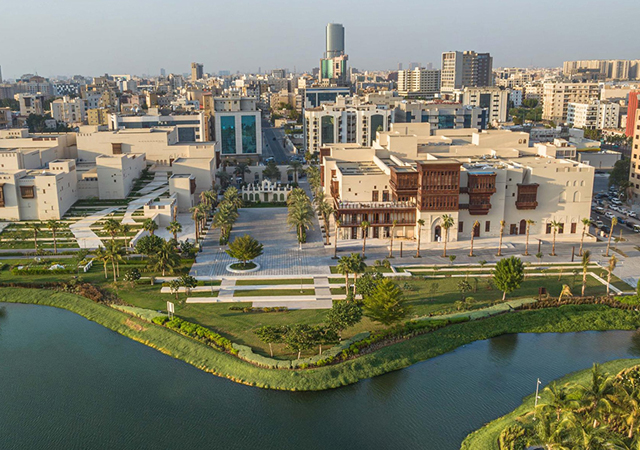
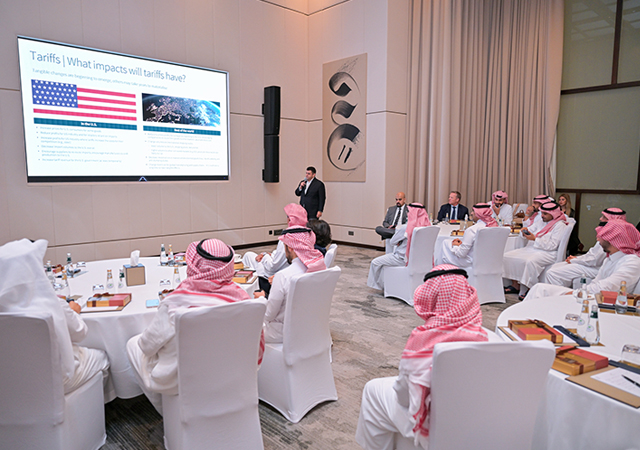
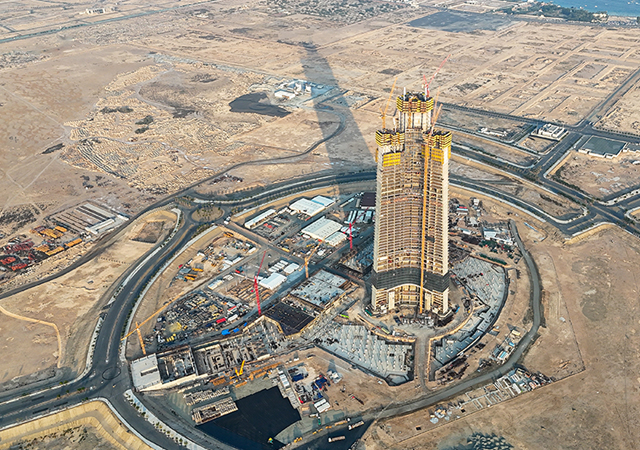
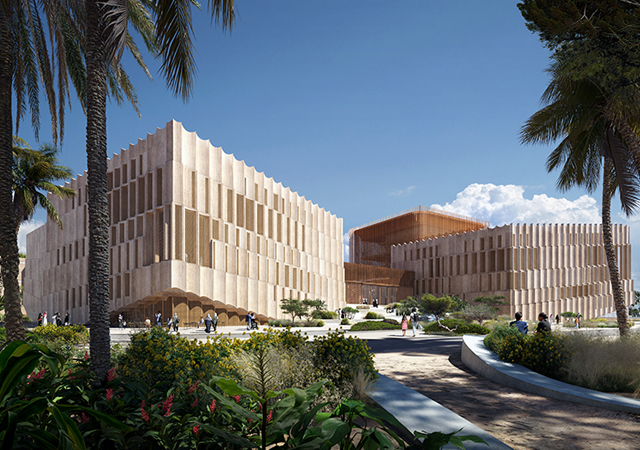




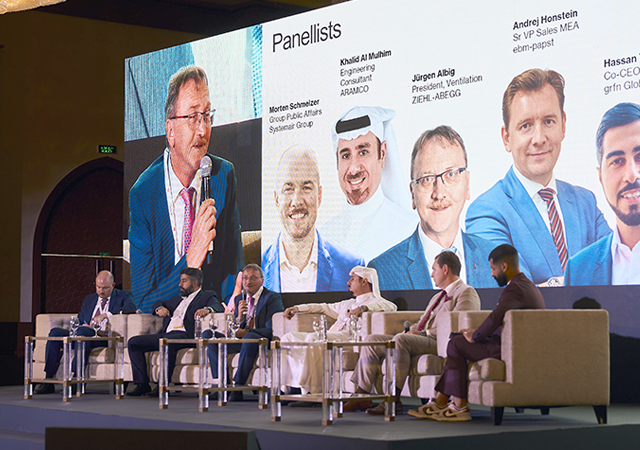
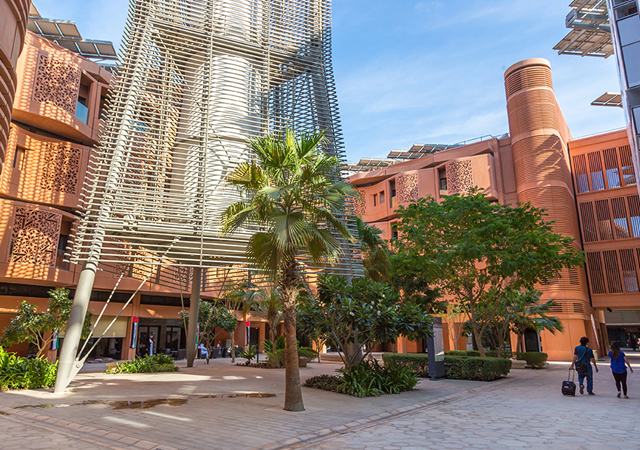
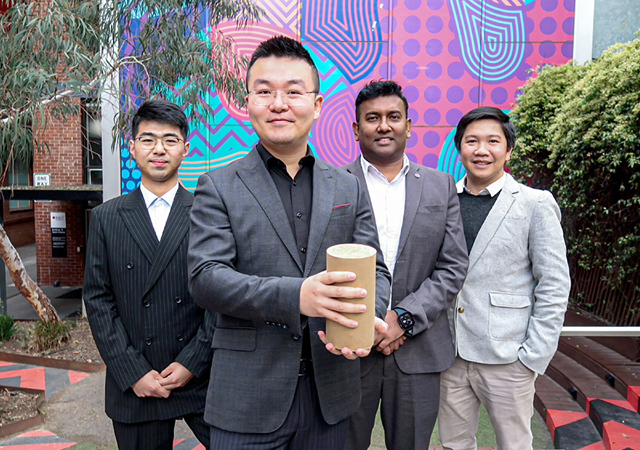
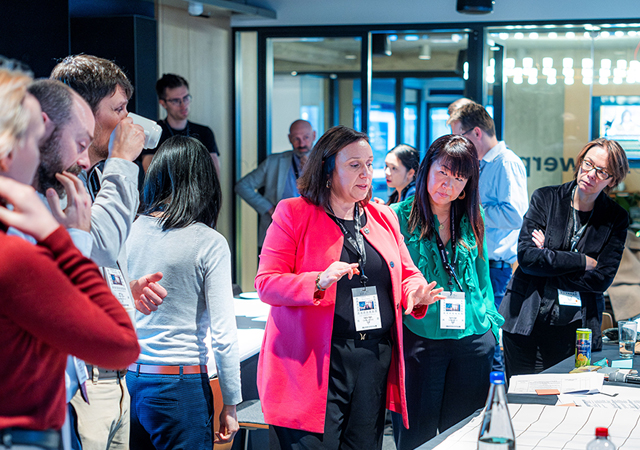

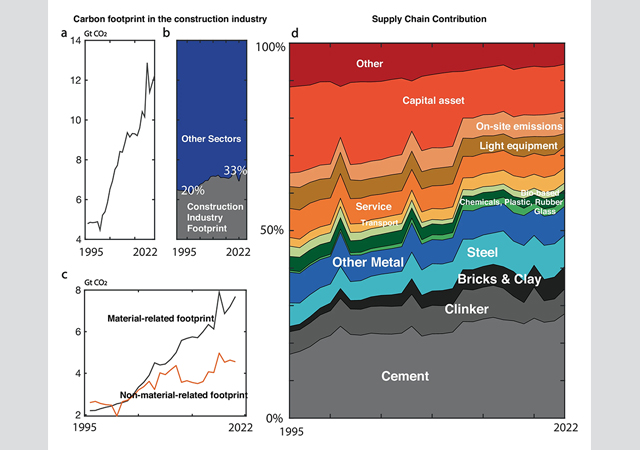
.jpg)
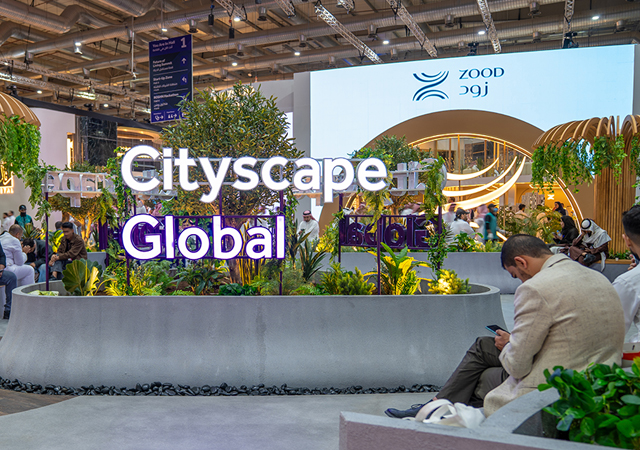
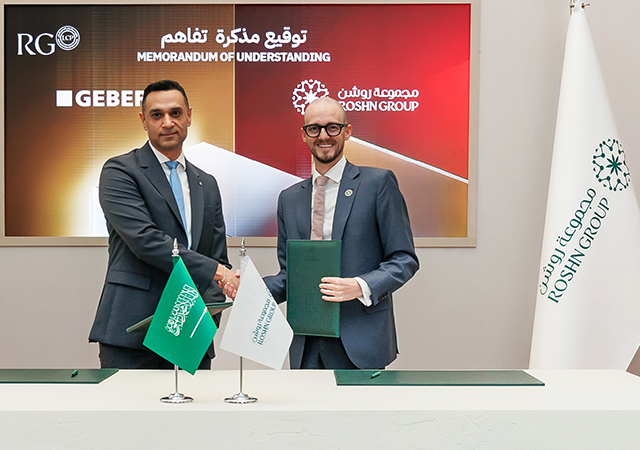
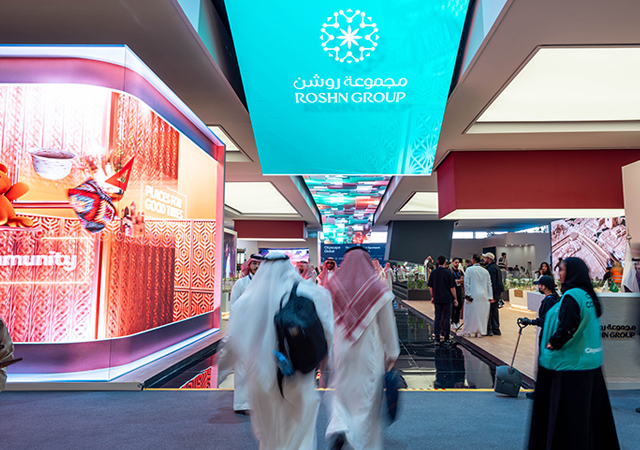
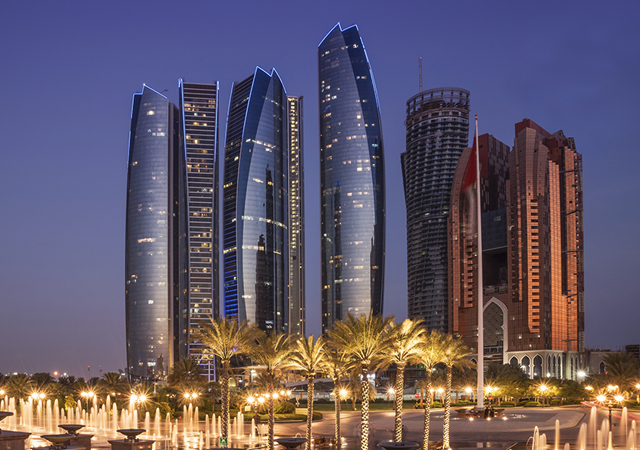
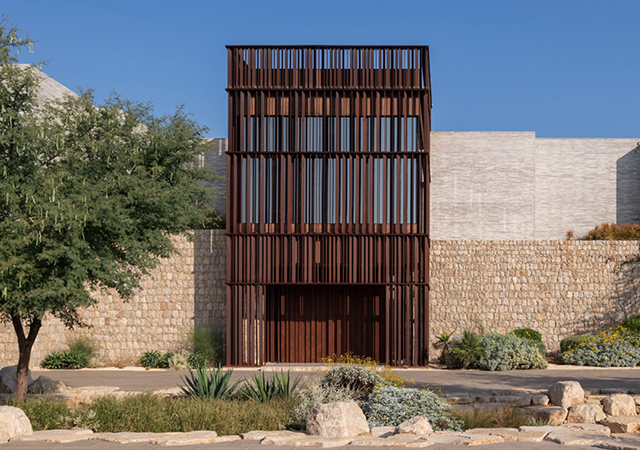
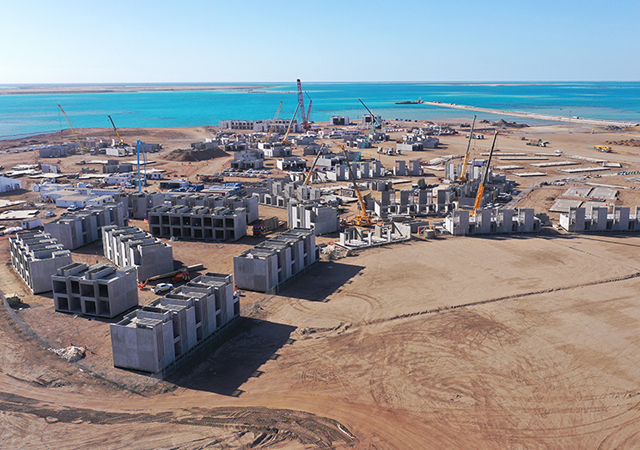
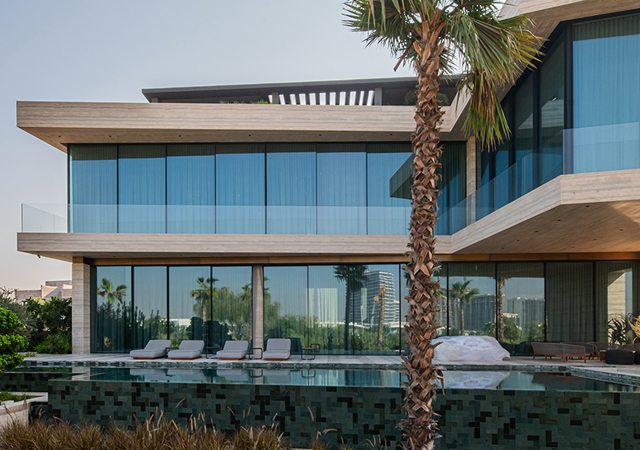
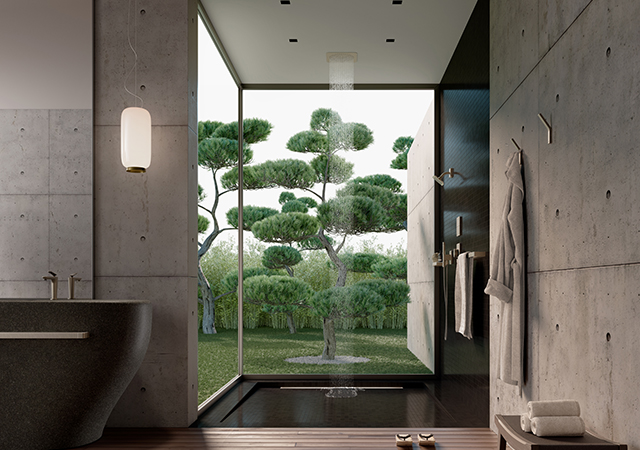

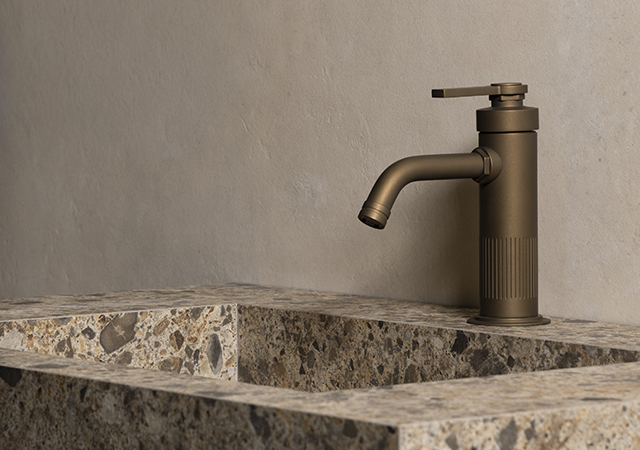

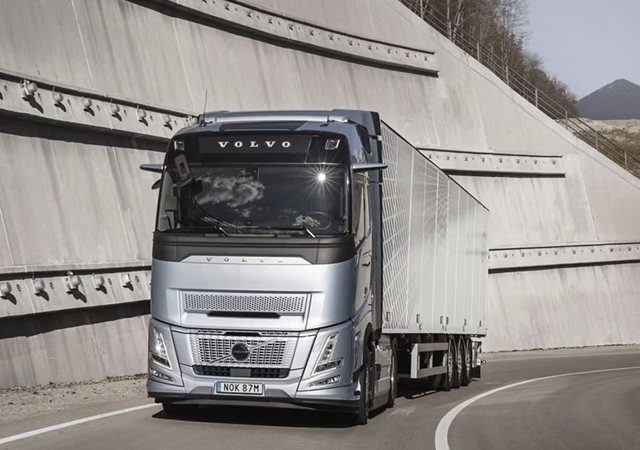
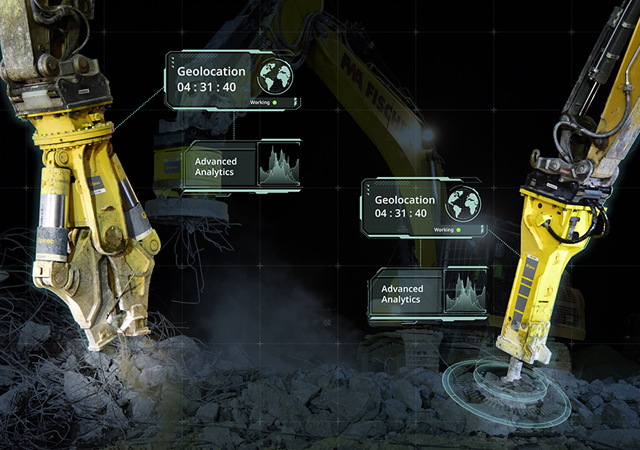
 (1).jpg)


